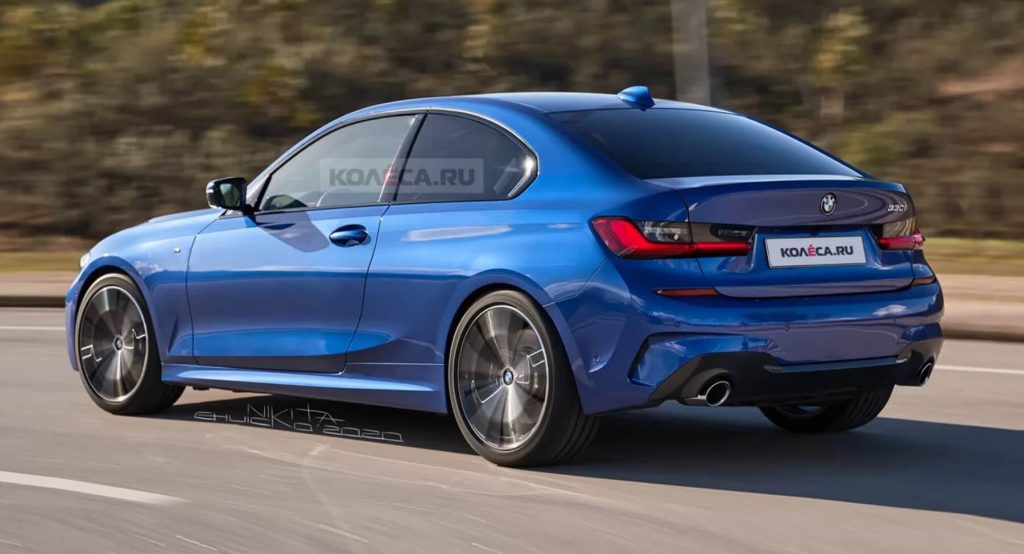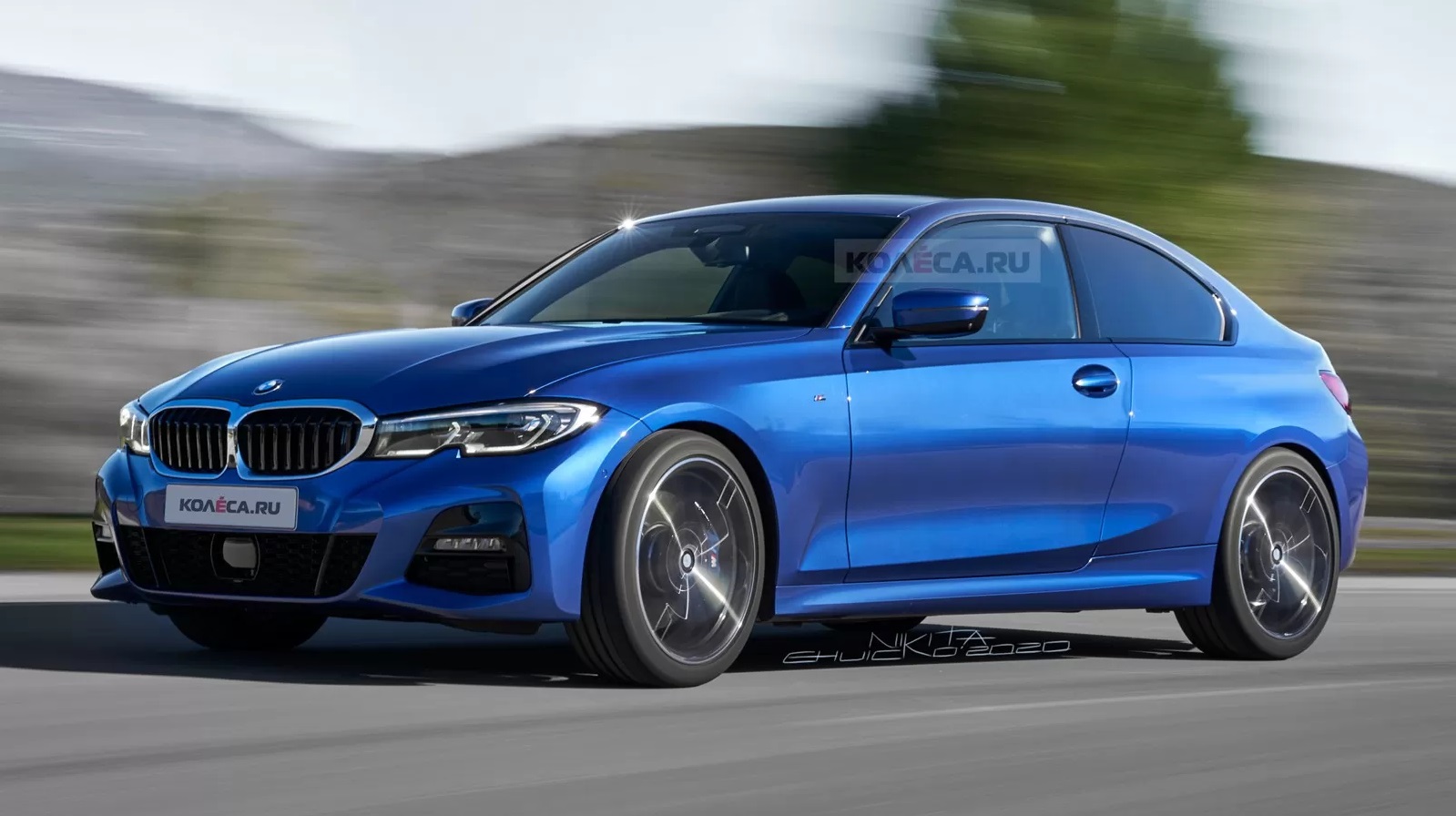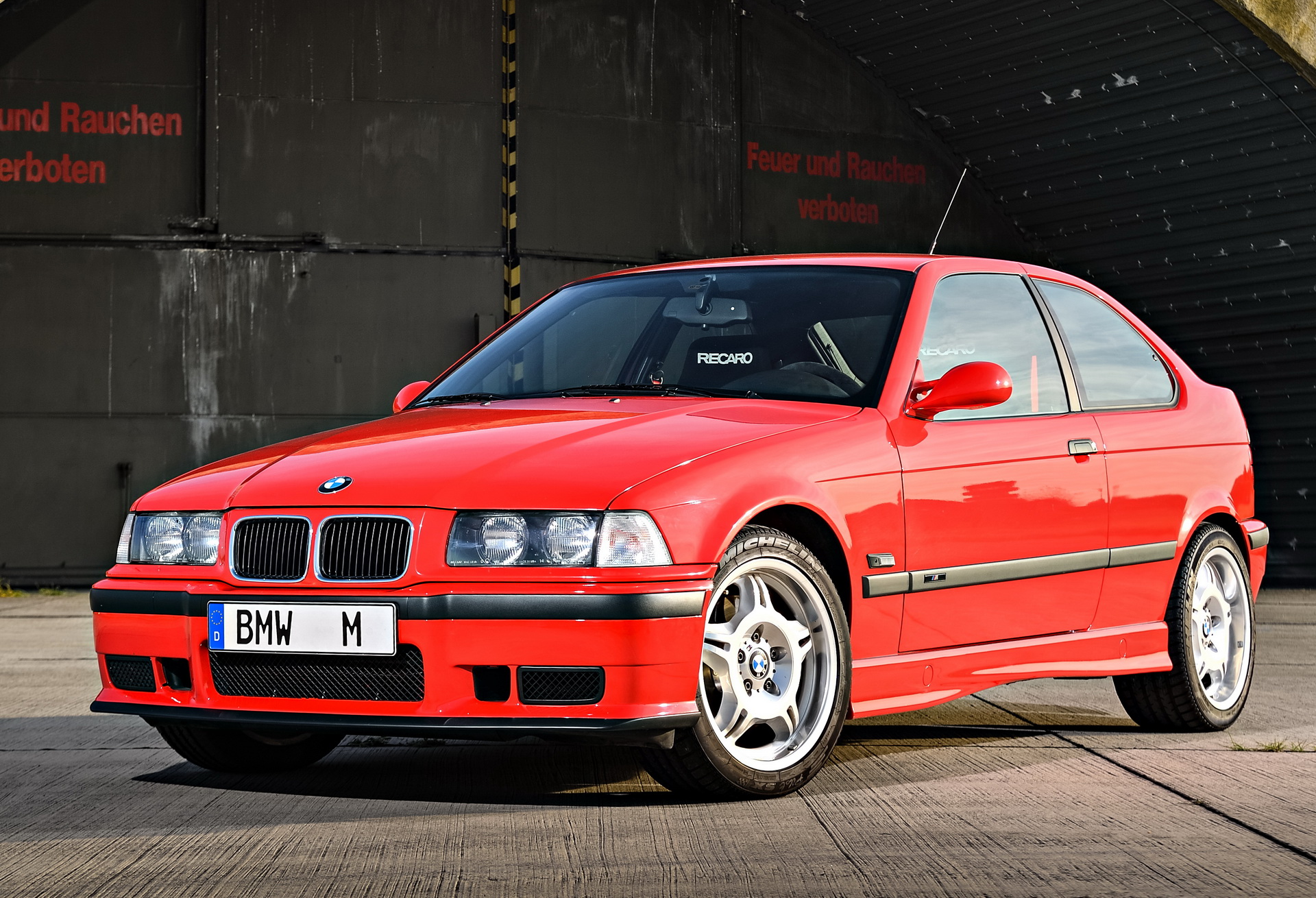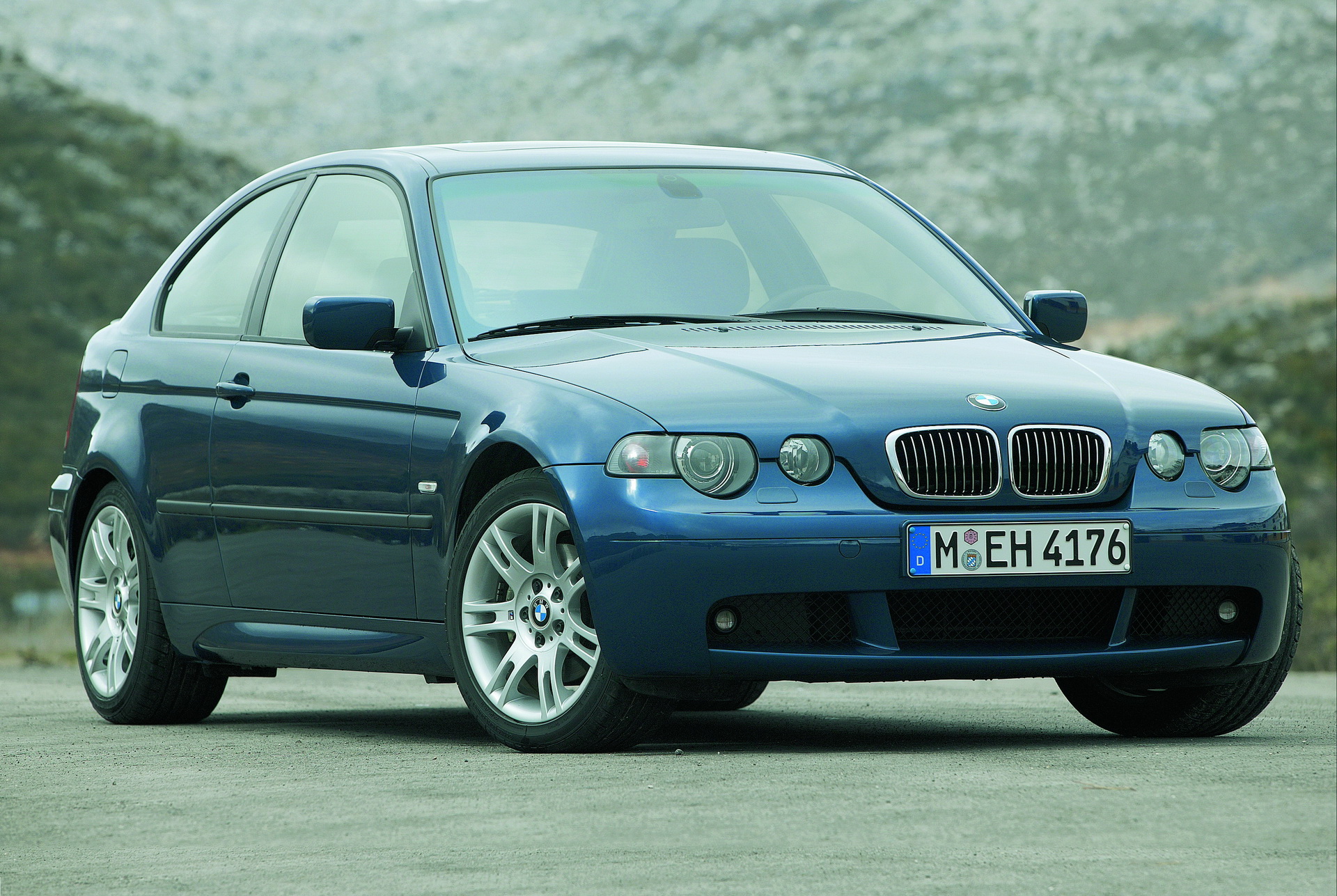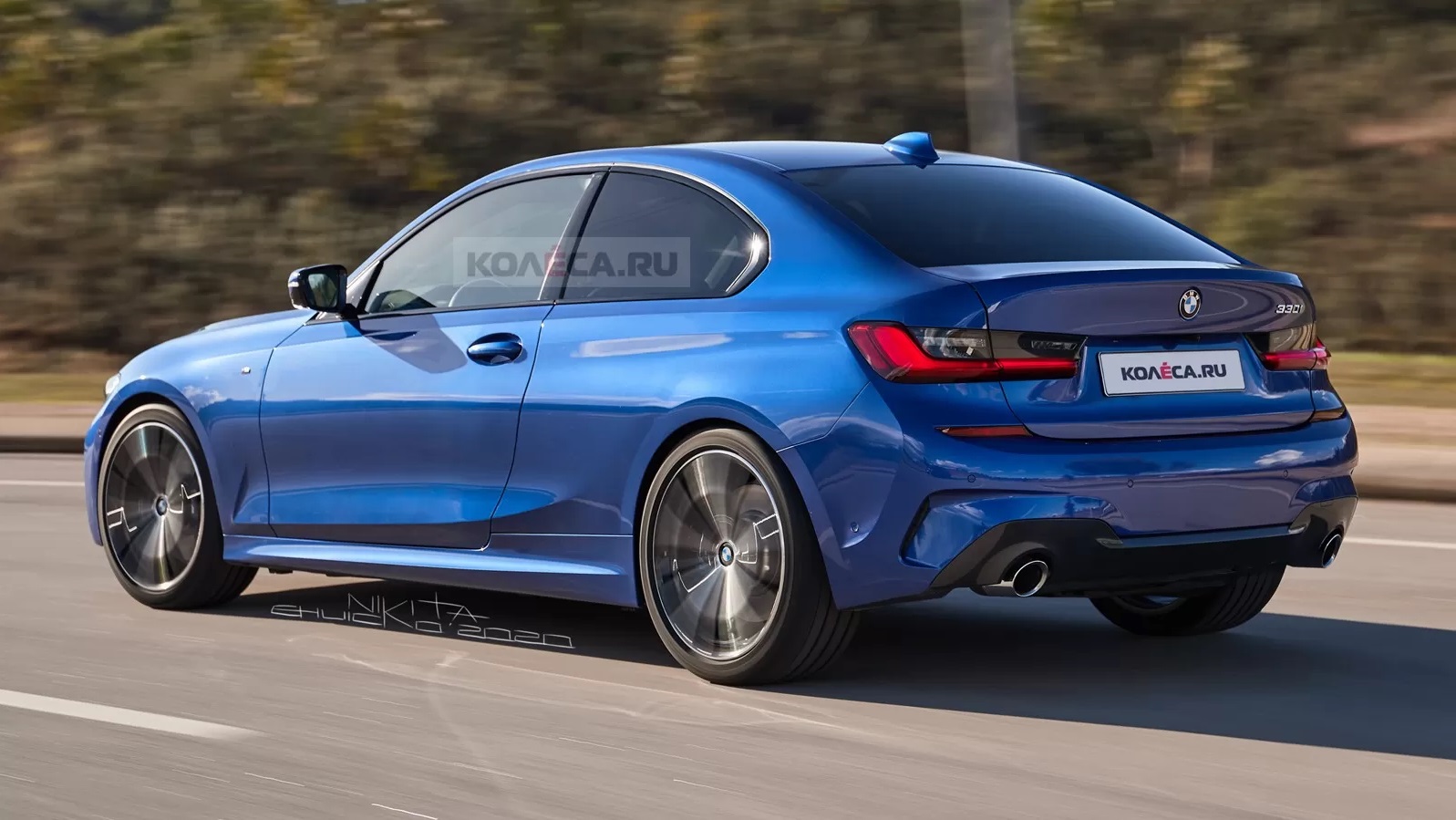Remember the 3-Series Compact from the E36 and E46 generations before BMW got really serious about its aspirations in the premium C-segment class with the 1- and 2-Series models?
Even if you don’t, Kolesa does providing us with a rendered answer to a question nobody really asked; what would a Compact version of the seventh-generation BMW 3-Series look like.
Inspired by the original Compact models made from 1993 to 2004, it portrays the car as a three-door hatchback in 330i trim with an M Sport Package. It has longer front doors and shorter rear quarter panels, new side surfacing and a shorter roof.
In today’s market, such a car would have no direct competitors. Heck, even the first 3-Series Compact dominated the RWD market from 1993 until 2000, when Mercedes-Benz introduced the C-Class Sport Coupe. The latter was turned into the CLC in 2008, before it was eventually phased off three years later.
Review: 2020 BMW 3-Series Is A Jack Of Most Trades, Master Of Plenty
The first-gen 3-Series Compact was based on the E36 platform weighing from almost 1,200 kg (2,645 lbs) and had a 2,700 mm (106.3 in) long wheelbase, 30 mm (1.2 in) more than the new 1-Series hatchback. Power came from four different petrol engines and a diesel, while the range was joined by the CNG-powered (compressed natural gas) variant.
The second generation built on the E46 and stayed in production from 2000 to 2004. The space between the two axles grew by 25 mm (1 in), improving rear legroom, while curb weight was between 1,300 and 1,400 kg (2,865-3,085 lbs), depending on the model. It came with a more generous assortment of petrol engines, topped by the 2.5-liter straight-six, and a 2.0-liter diesel.
Don’t hold your breath for a new 3-Series Compact, because the hatchback role was given to the 1-Series, which rivals the likes of the Mercedes-Benz A-Class and Audi A3 Sportback – and it’s not offered as a 3-door anymore.



